A guide to maintaining your pond in spring
Tips for looking after your pond
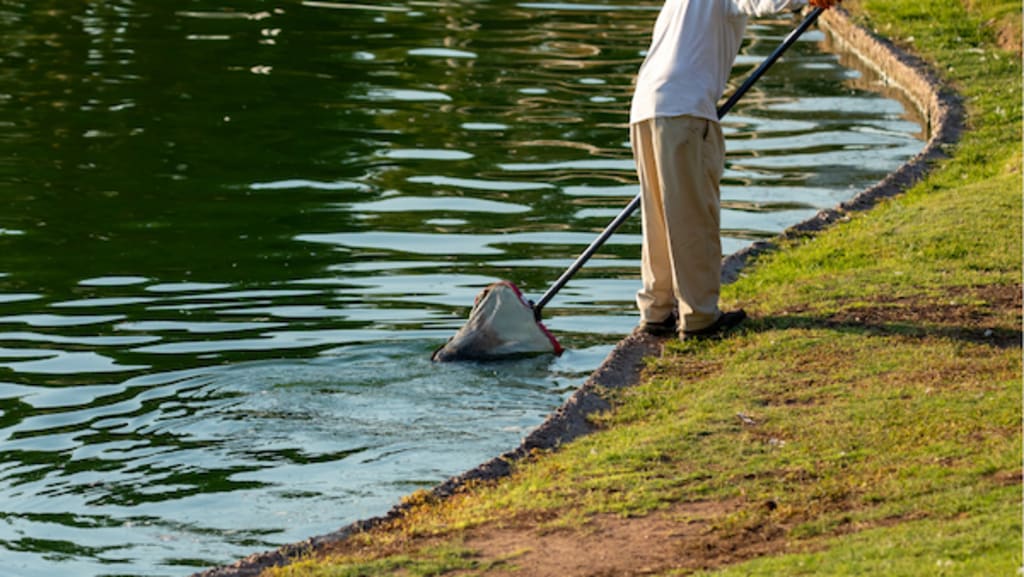
With spring well underway, now is the perfect time to prepare your pond for the year ahead. With many different maintenance tasks, you can ensure your pond maintains a healthy ecosystem, so plants and fish continue to live happily. Here is a guide to maintaining your pond in spring.
Inspect your pond
Before you carry out any maintenance on your pond, you should first inspect it and see the condition. If you regularly monitor your pond, you can ignore this step. However, if you’ve not looked at your pond much over winter, there could be visible signs of neglect.
You should look for fish that didn’t survive the winter, broken netting, non-functioning water filters, and floating debris in your pond. You should also carefully monitor the water levels, as excessive rainfall could have raised them too much.
Once you’ve assessed the situation and monitored the conditions of your pond, you will have a good idea of what maintenance tasks to carry out. You should also monitor the plants around your pond and how well they grow.
Plants
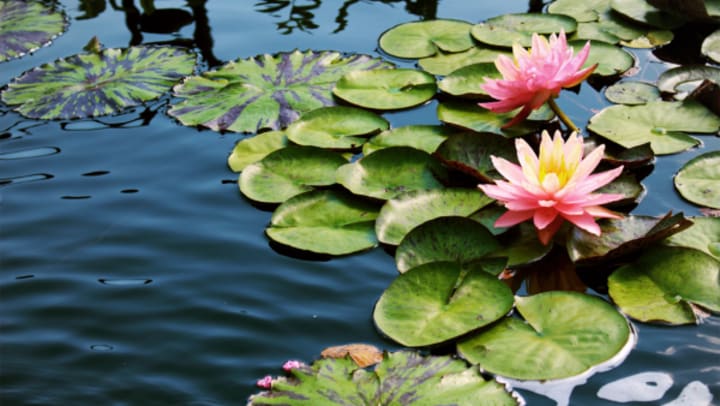
Plants are a valuable part of a pond’s ecosystem, providing a habitat for wildlife while also improving the aesthetics of your pond. That’s why it’s important to keep them healthy and looking their best so that they provide the maximum benefit.
Spring is the perfect time for adding new plants to your pond. The optimal time is between the middle of spring and early summer. As the water gradually warms, the plants stand a much better chance of settling into their new environment.
Spring is also the ideal time to deal with large or overgrown plants. Aquatic plants like water lilies can become too big for your pond. Instead of removing them, consider dividing and repotting deep-water aquatic plants, such as aquatic leaves.
Also, if you notice any aquatic plants didn’t grow well last year, the spring is perfect to add some specialist aquatic plant food. This will help boost them and ensure they grow better this year. However, do not give your aquatic any feed unnecessarily.
Clean out the dirt
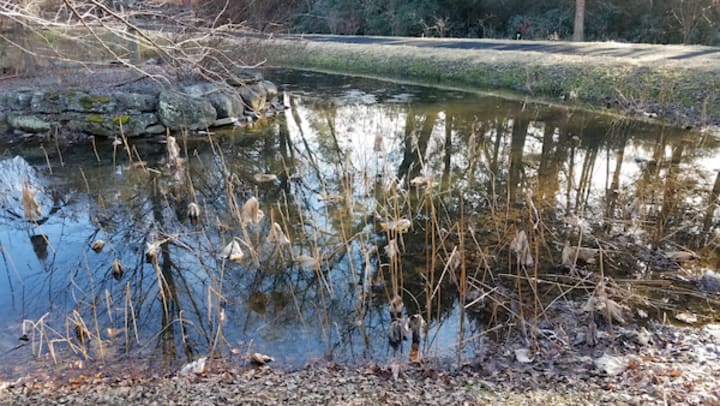
During the winter months, ponds are ideal for building up dirt. However, due to the cold weather, freezing water, and fish hibernating, you won’t have much chance of cleaning the pond during winter.
However, now that the cold weather is past and fish should have awakened from their hibernation, you can get to work cleaning out the organic matter and plant waste that’s built up. Cleaning it out as soon as possible is important, whether from your fish, fallen leaves, or dead plant growth.
Not only does it look untidy, but it also adds nutrients to the water that can help encourage algae blooms in the summer. This will affect the quality of your pond’s ecosystem, and it will also look unappealing and be a sign of a lack of maintenance.
Consider using a net or pond vacuum to clean any debris from your pond. This will help you remove any debris floating on the water’s surface. It’s also important to clean any debris around the pond, as this can contribute to algae growth.
Clean out the water filters
With all the dirt and organic matter that builds up over the winter, your pond water filters can also become clogged up or blocked. As a result, the filter will not function. As these are essential for maintaining a healthy pond, your fish struggle from an unhealthy ecosystem.
It’s important to clean pond water filters regularly to ensure they work efficiently. However, cleaning them out during the spring is essential, especially if they’ve been switched off over the winter months.
To clean your pond filter, remove it from your pond. Then, remove the parts from the inside and clean them using a hose or power washer. Be careful not to break any parts of the filter. Also, remove any debris from the bottom. Then, put the filter back together and place it back in the pond.
Add beneficial bacteria
Beneficial pond bacteria are crucial in ensuring a healthy and thriving ecosystem. Ideally, a pond should contain both aerobic and anaerobic bacteria. Natural processes, such as rainwater, add beneficial bacteria to the water. However, you can also add specific products yourself.
Beneficial bacteria contribute to a pond's nitrogen cycle. This natural process takes nitrogen, metabolises it to ammonia, and then processes it into nitrite. The right balance of the nitrogen cycle is necessary for a healthy pond.
Otherwise, your pond's pH levels can become a problem. Too much ammonia or nitrate can lead to high pH levels, contributing to algae growth. Spring is ideal for adding beneficial bacteria to your pond to kickstart the nitrogen cycle.
Avoid overfeeding fish
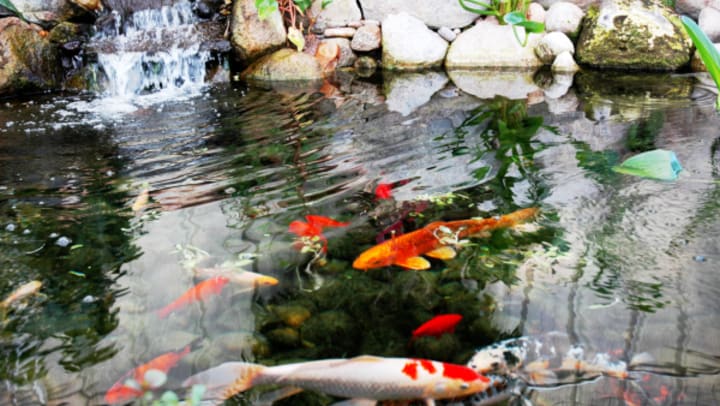
As fish awaken from their hibernation, it’s natural that they will be hungry. However, it’s important to make sure you don’t overfeed them. Not only is this unhealthy, but it also increases the organic matter in your pond.
As mentioned, the more organic matter builds up in your pond, the greater the potential for algae blooms. Instead, it’s recommended that you feed your fish only as they swim towards the pond surface. Consistency and food variety can also help ensure your fish remain healthy.
To begin with, you should only feed your fish in small amounts. Typically, this means no more food than what can be consumed within 5 minutes. It is also recommended to start with low-protein food after hibernation before switching to high-protein fishmeal as temperatures rise.
Preventing pond algae
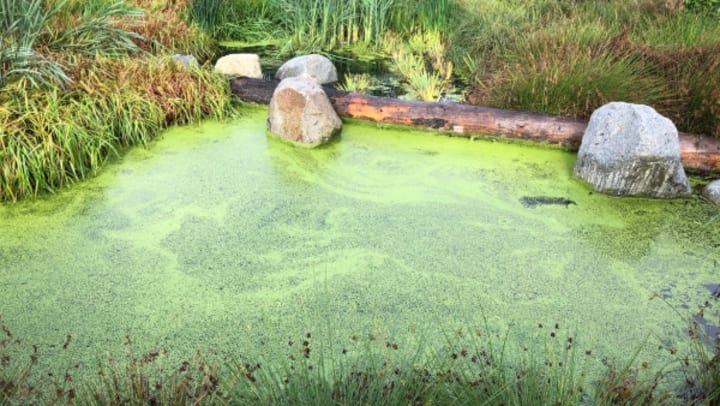
We’ve already discussed pond algae, but its potential problems deserve a separate mention. Many pond owners may already be familiar with the trouble caused by pond algae. Not only does it look unsightly, but it can also damage the pond ecosystem.
Algae is a non-flowering aquatic plant and can be found anywhere with fresh water, including ponds. Like plants, algae have no leaves, stems, or roots and can be suspended in the water or attached to surfaces.
The spores necessary for algae growth will already be present in your pond water as the wind carries them. However, environmental factors affect algae growth. Sunlight and the high nutrient content of the water can significantly contribute to algae blooms.
If left, algae blooms can quickly grow, covering your pond in no time. Large, uncontrollable algae blooms can be harmful to your pond. Not only does it block essential sunlight, but there is a lack of oxygen available for other pond life, such as fish.
Water inlet and outlet pipes and filters can also block algae, causing further harm to your pond. One of the most common algae types affecting garden ponds is blanket weed (or Spirogyra). This filamentous algae floats on the water’s surface and sticks to form a gelatinous mass.
While proper pond care and maintenance can help minimise the risk of algae blooms, they are difficult to remove once they start. Disturbing algae releases more spores into the water, further increasing the problem.
Instead, you can opt for a blanket weed controller. These small devices provide a permanent solution to prevent algae blooms. The device emits a special low-frequency magnetic field that disturbs the metabolism of blanket weed.
This prevents further algae blooms, ensuring your pond ecosystem remains healthy. The signal emitted by the device is tailored to the different growth metabolisms of blanket weed, meaning it won’t affect other plants or fish in your pond.
The device is easy to install and provides a quick DIY job. Spring is the ideal time to consider adding a blanket weed controller to your pond before the summer sun causes your pond to become inundated with algae blooms.
Proper care and maintenance for your pond are essential after the winter months. Following the tips outlined above, you can ensure your pond remains healthy and has a thriving ecosystem. Continual maintenance is also recommended to ensure your pond continues to thrive.





Comments
There are no comments for this story
Be the first to respond and start the conversation.